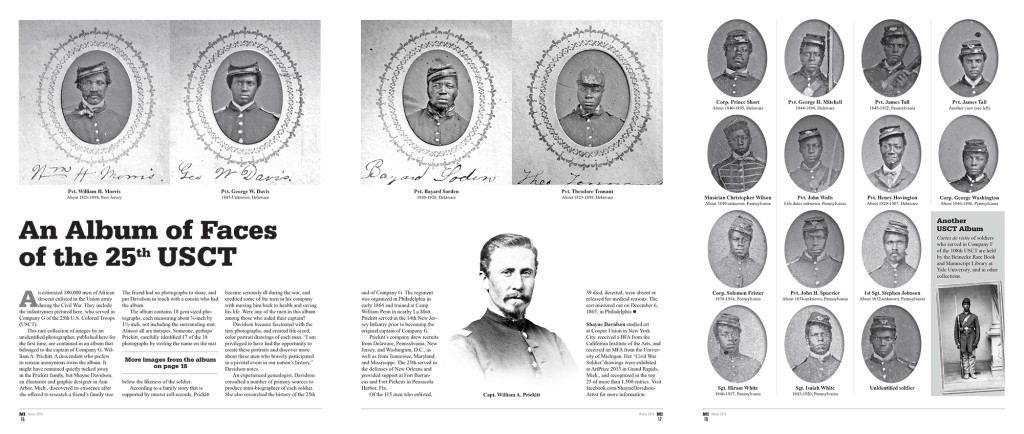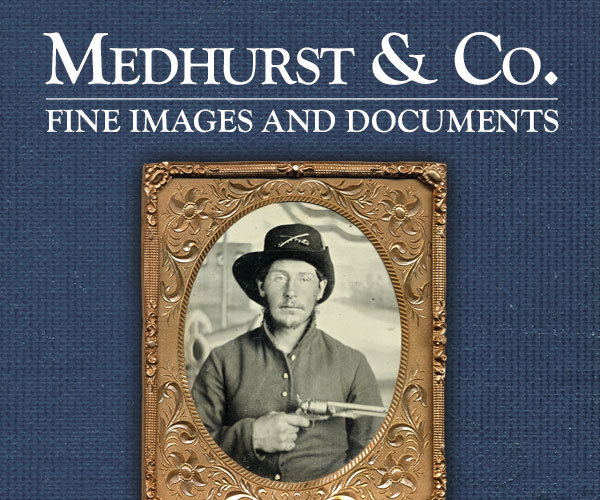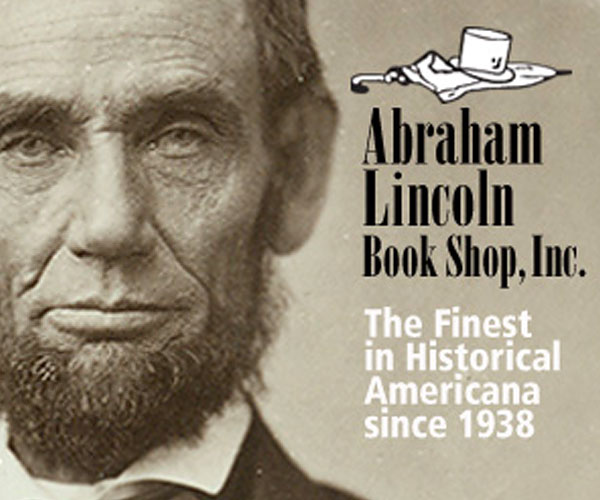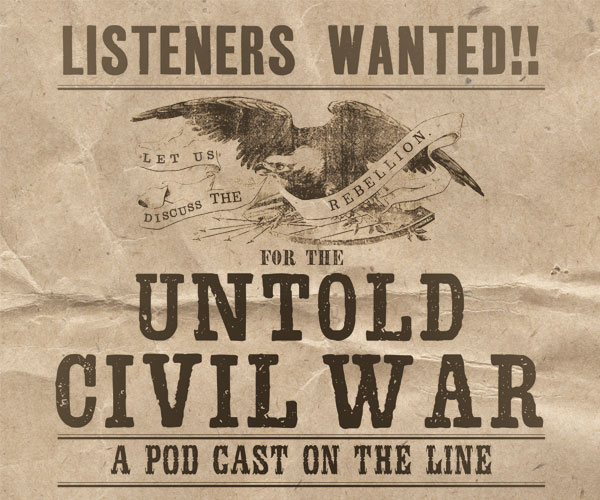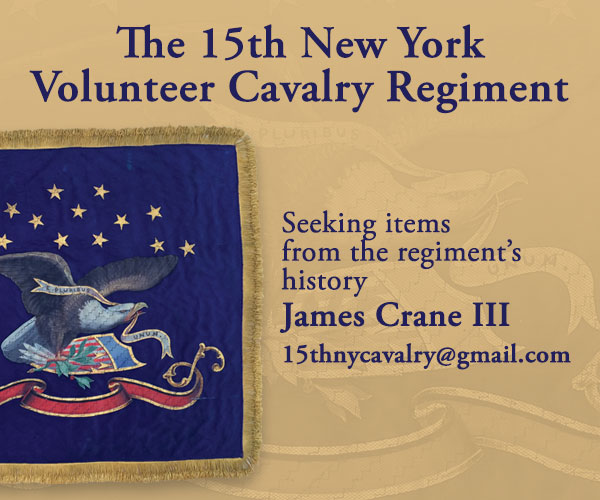Museum-quality prints of 22 Images of African American Civil War soldiers pictured in a gallery published in last summer’s issue of MI and elsewhere were displayed in our first-ever traveling exhibit. The first stop for this unique group was the last stop for slaves fleeing to freedom along the Underground Railroad to Canada—the Hubbard House in Ashtabula, Ohio. Located along Lake Erie is northeast Ohio, the town marked the opening of the exhibit with a two-day event last weekend. Music, dramatic readings, a visit from Buffalo Soldiers bikers, and of course the portraits, each with a caption that tells the soldier’s story. Many thanks to all the collectors who shared their images for this event. They include Kevin Canberg, Greg French, Chuck Joyce, Paul Loane, Steve Meadow and Paul Russinoff.
Special thanks to Lisa Burroughs, who played a leading role in conceiving and organizing the event, the staff and volunteers of the Hubbard House, and the city of Ashtabula for turning out to see these powerful photographs that are such an important part of our nation’s story.
Read coverage from the Ashtabula Star Beacon.
Images from the exhibit will be on display for the next year.












